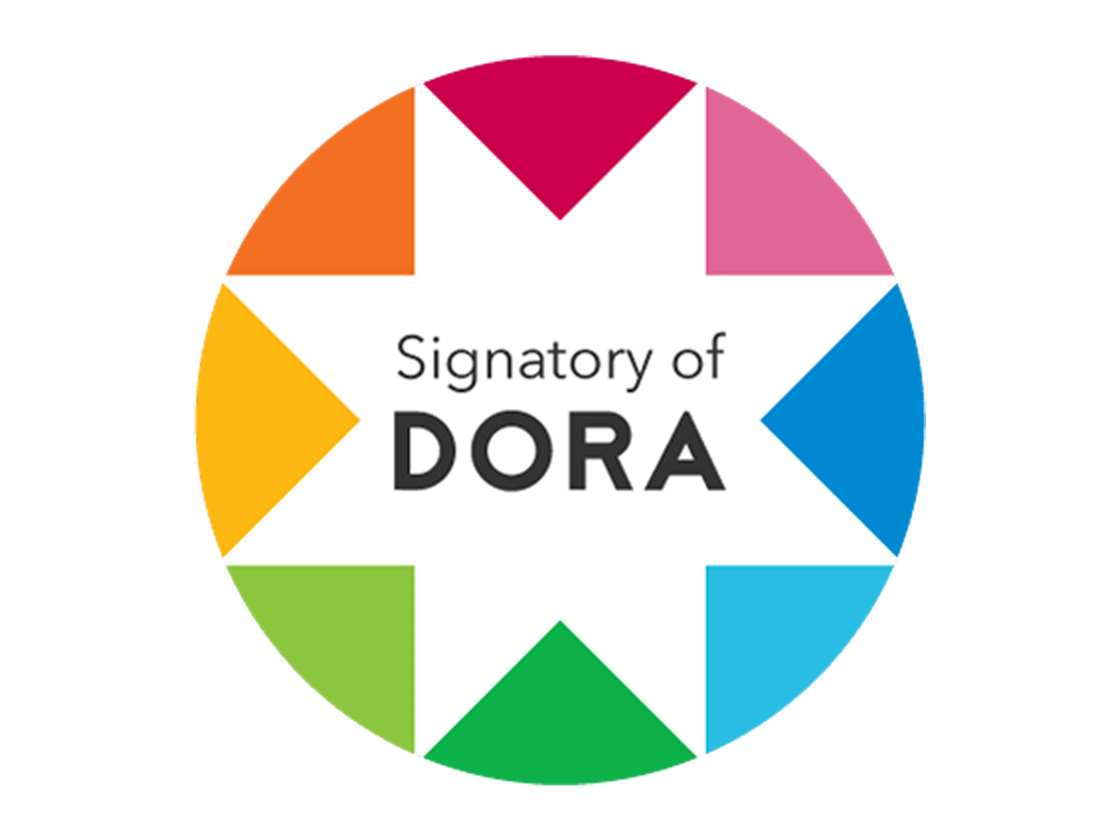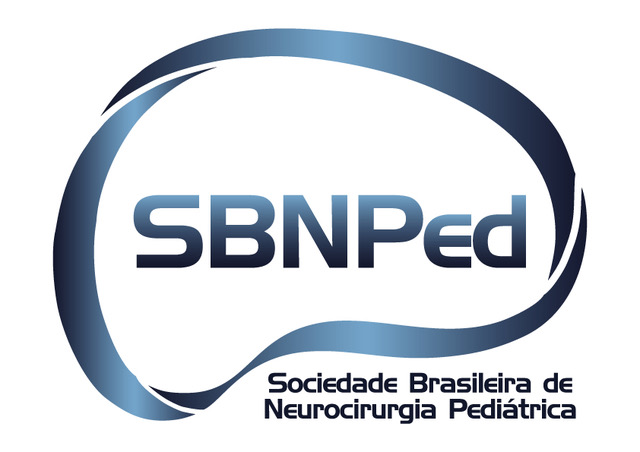Hydrocephalus – History of Surgical Treatment over the centuries
DOI:
https://doi.org/10.29327/apn.v2i1(January-April).16Keywords:
Pediatric neurosurgery, Hydrocephalus, HistoryAbstract
Hydrocephalus cases were regularly described by Hippocrates, Galen, and early and medieval Arabian physicians, who believed that this disease was caused by an extracerebral accumulation of water. Operative procedures used in ancient times are neither proven by skull findings today nor clearly reported in the literature. Evacuation of superficial intracranial fluid in hydrocephalic children was first described in detail in the tenth century by Abulkassim Al Zahrawi. In 1744, LeCat published findings on a ventricular puncture. Effective therapy required aseptic surgery as well as pathophysiological knowledge both unavailable before the late nineteenth century. In 1881, a few years after the landmark study of Key and Retzius, Wernicke inaugurated sterile ventricular puncture and external CSF drainage. These were followed in 1891 by serial lumbar punctures (Quincke) and, in 1893, by the first permanent ventriculo-subarachnoid-subgaleal shunt (Mikulicz), which was simultaneously a ventriculostomy and a drainage into an extrathecal low pressure compartment. Between 1898 and 1925, lumboperitoneal, and ventriculoperitoneal, as well -venous, pleural, and ureteral shunts were invented, but these had a high failure rate due to insufficient implant materials in most cases. Ventriculostomy without implants (Anton, 1908), with implants, and plexus coagulation initially had a very high operative mortality and were seldom successful in the long term, but gradually improved over the next decades. In 1949, Nulsen and Spitz implanted a shunt successfully into the cava vein with a ball valve. Between 1955 and 1960, four independent groups invented distal slit, proximal slit, and diaphragm valves almost simultaneously. Around 1960, the combined invention
of artificial valves and silicone led to a worldwide therapeutic breakthrough. After the first generation of simple differential pressure valves, which are unable to drain physiologically in all body positions, a second generation of adjustable, autoregulating, antisiphon, and gravitational valves was developed, but their use is limited due to economical restrictions and still unsolved technical problems.
On summary, the treatment of hydrocephalus, over the centuries, underwent three stages of evolution. Prior to the late 19th century, treatment for “water on the brain” involved more observation than intervention. During antiquity, middle ages and renaissance, hydrocephalus was not understood. Medical treatment was useless; surgery was hopeless. The second stage extends from the 19th century to the end of the first half of the 20th century.
At the moment, at least 130 different designs are available, with historical models and prototypes bringing the number to 190 valves, but most of these are only clones. In the 1990s, there has been a renaissance of endoscopic ventriculostomy, which is widely accepted as the method of first choice in adult patients with acquired or late-onset, occlusive hydrocephalus; in other cases the preference remains controversial.
Whereas great advancements and achievements have been made over the course of medical history, clinicians in the new millennium will be required to continue face the challenges of presented by hydrocephalus. It appears that treatment up to this point and time has focused on the arrest of the disease process, with further therapy focused on the complications of these treatment modalities. With current research in molecular biology, gene therapy, and neural regeneration, the concept of a functional cure may become an achievable goal. As in the past, the integration of the discoveries in basic science and clinical innovation will continue to lead the path as it has in the past.
Downloads
Additional Files
Published
How to Cite
Issue
Section
Categories
License
Copyright (c) 2020 Ricardo Santos de Oliveira

This work is licensed under a Creative Commons Attribution 4.0 International License.

When publishing in Archives of Pediatric Neurosurgery journal, authors retain the copyright of their article and agree to license their work using a Creative Commons Attribution 4.0 International Public License (CC BY 4.0), thereby accepting the terms and conditions of this license (https://creativecommons.org/licenses/by/4.0/legalcode).
The CC BY 4.0 license terms applies to both readers and the publisher and allows them to: share (copy and redistribute in any medium or format) and adapt (remix, transform, and build upon) the article for any purpose, even commercially, provided that appropriate credit is given to the authors and the journal in which the article was published.
Authors grant Archives of Pediatric Neurosurgery the right to first publish the article and identify itself as the original publisher. Under the terms of the CC BY 4.0 license, authors allow the journal to distribute the article in third party databases, as long as its original authors and citation details are identified.






























